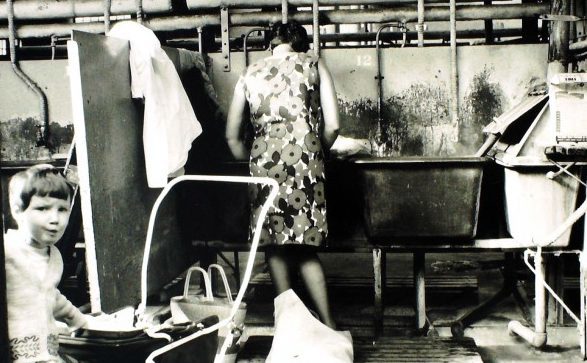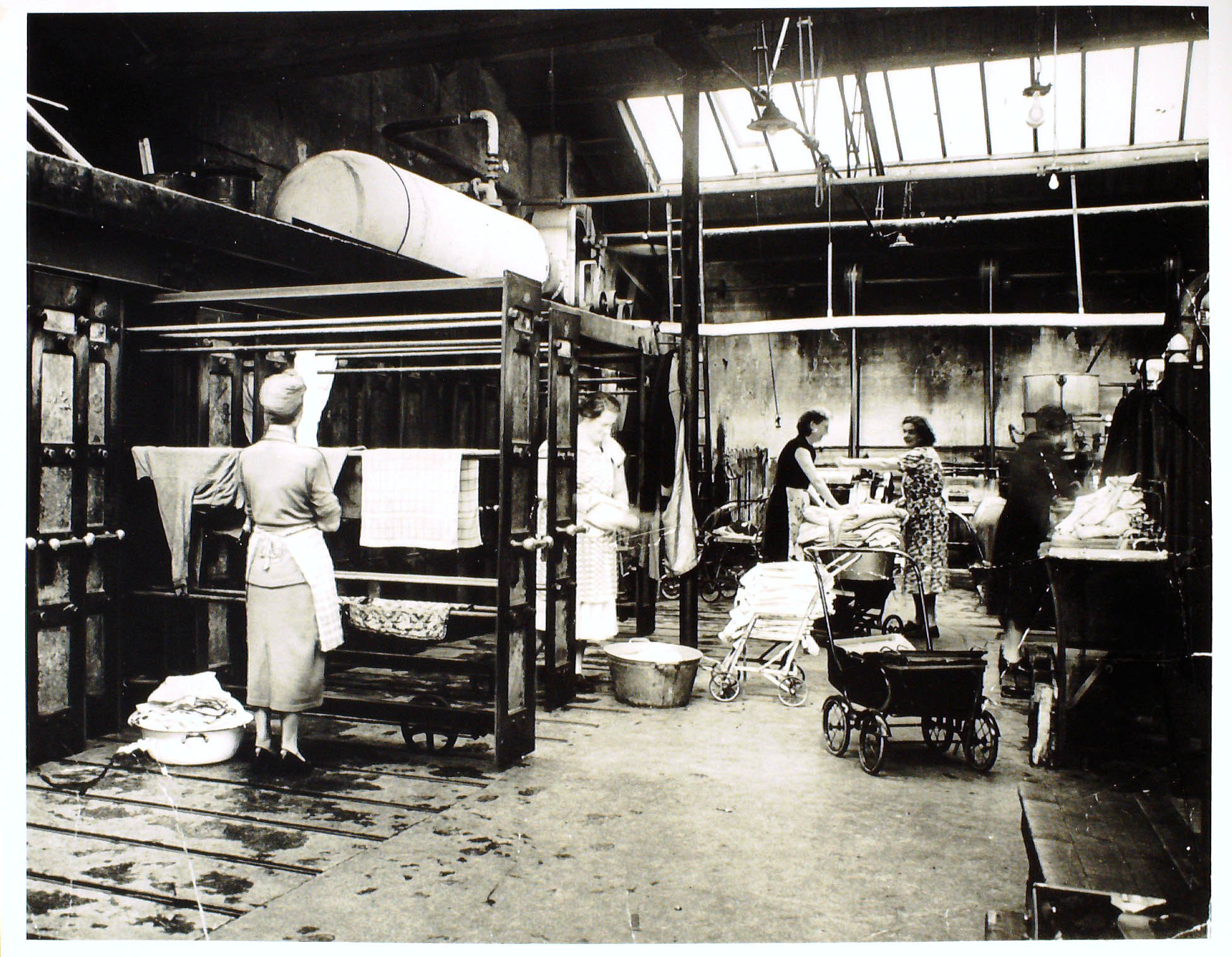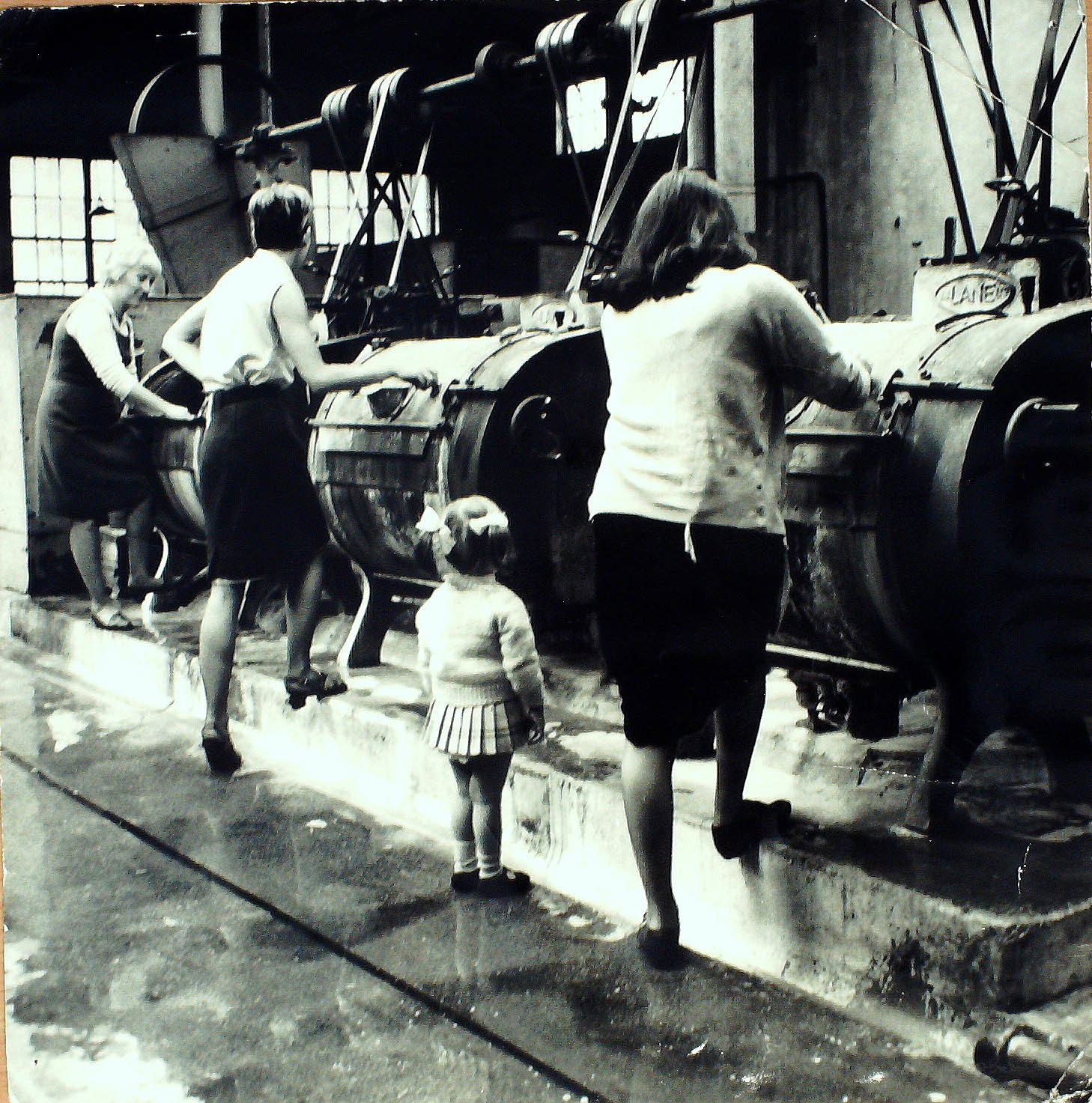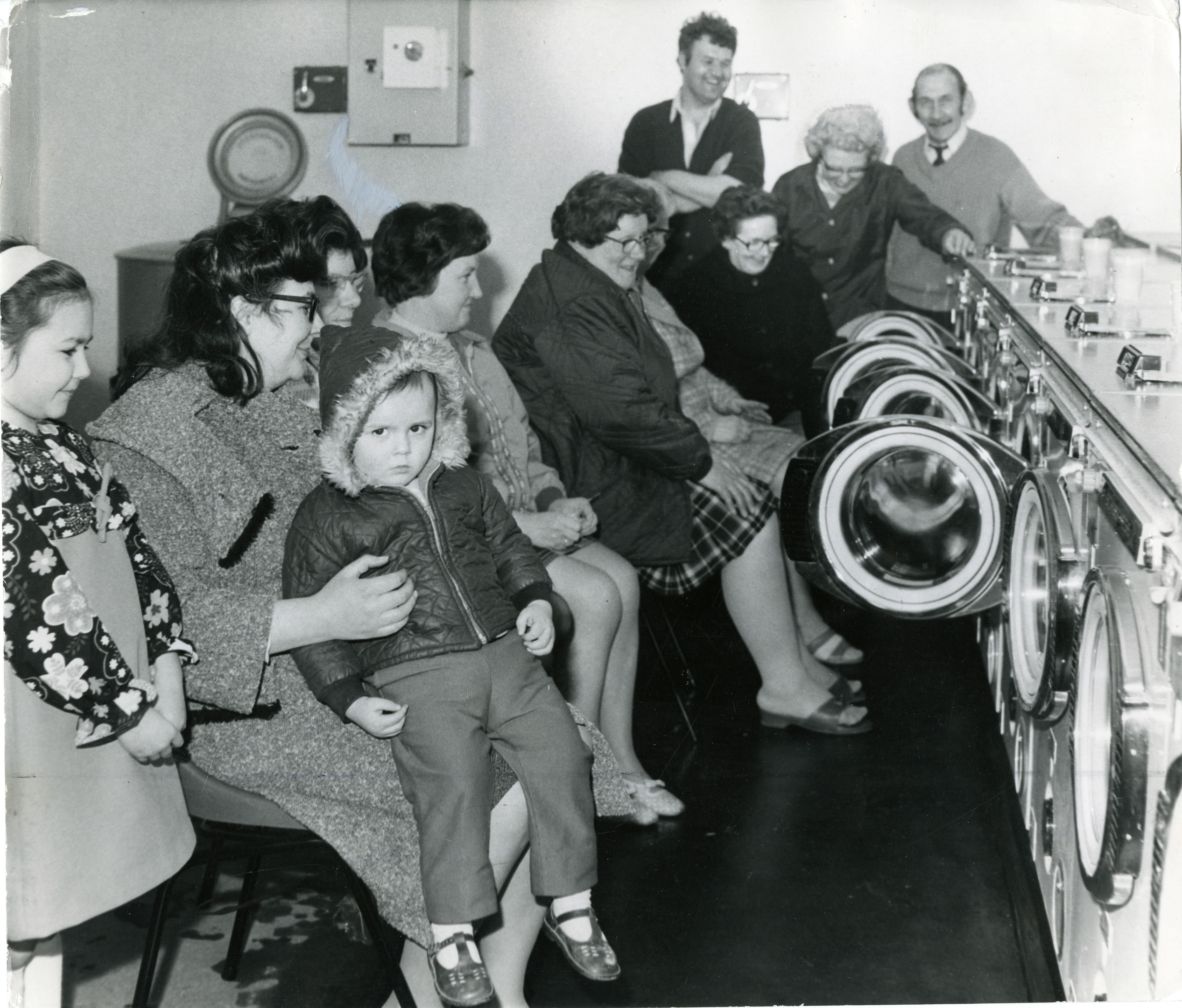
THEY were the chat centred hub of the community, where women would gather to dish the dirt, literally and figuratively, every week and bond across their washings.
A strange concept to those of us who now simply bung a wash into our machines, until just a few decades ago, the wash house, or the “steamie” was the place where the weekly wash would take place – of clothes and of bodies – and where you could catch up on local community happenings.
This month, Govanhill Baths Community Trust in Glasgow are putting on an exhibition of photographs showing the inner workings of steamie life in their Talk of the Steamie Exhibition.
Throughout September, the exhibition will feature photographs taken at wash houses in Glasgow, Liverpool and Edinburgh.
History
Wash houses and baths came into being after a working class outcry for sanitation reform in the country in the Victorian age as a direct response to a perceived threat from infectious epidemic diseases like cholera and tuberculosis.
As industrialisation advanced from the late eighteenth century onward more and more people lived in towns and worked in factories, and as this new way of life spread, health conditions deteriorated, leaving far behind any voluntary, half-hearted efforts to cope with the problem.
Before the introduction of public baths and wash houses, working class people would have had to wash themselves and their laundry in rivers or the sea if they could.
The first official wash house in Glasgow was opened in 1876 on London Road after new legislation was passed in 1866 to introduce a fleet of wash houses across Scotland.
Throughout the years that followed, over 20 baths and wash houses were opened across the city of Glasgow, with many more springing up across the country.
By 1915, public baths and wash houses were to be found in nearly every British town and city.
Community pillars
Steamies tended to be built as part of a larger swimming baths complex, and were an integral part of women’s lives. They became a place where women could get out of the house to catch-up with friends, and many wash houses had nurseries for children to play in.
There are stories in newspapers of women fighting over the use of steamie stalls and people would queue for hours to secure a place on wash day. There are also accounts of women queuing overnight for spots around Christmas and the Glasgow Fair.
Steamie life has been immortalised in Tony Roper’s play, The Steamie, which has been entertaining audiences for over 25 years, and keeps the community spirit of the wash houses alive.
The Steamie actress Mary McCusker remembers life in the Glasgow steamies, well. She told the Sunday Post: “I know what it meant to people. But although they are a thing of the past, the relationships featured in [the play] still resonate no matter what age you are.
“I think women still laugh at the stuff they recognise – the frustrations, the love and the companionship.”
While there are many instances of internal steamie politics, they were also a place of respite for women, and a vital support network throughout hard times, such as the war eras.
Demise
The steamie work was sweat-inducing, with clothes and bedding transported on prams being plunged into soapy hot water and scrubbed over washing boards called a “wash dolly.” They’d then be put through a hand mangle to rinse some of the water, before being hung up in a drying area.
While the work was tough, when it came to the era of modernisation and the rise of washing machines, many women were staunchly opposed to the closing of the steamies in the 1980s.
Despite a political battle between Labour and Tory politicians over the future of the steamies, and angry demonstrations by their loyal users to keep them alive, this social, community construct was lost forever, as the last working Scottish wash house closed in the 1990s.
Talk of the Steamie Exhibition; Govanhill Baths, Glasgow; 5-28 September

Enjoy the convenience of having The Sunday Post delivered as a digital ePaper straight to your smartphone, tablet or computer.
Subscribe for only £5.49 a month and enjoy all the benefits of the printed paper as a digital replica.
Subscribe

